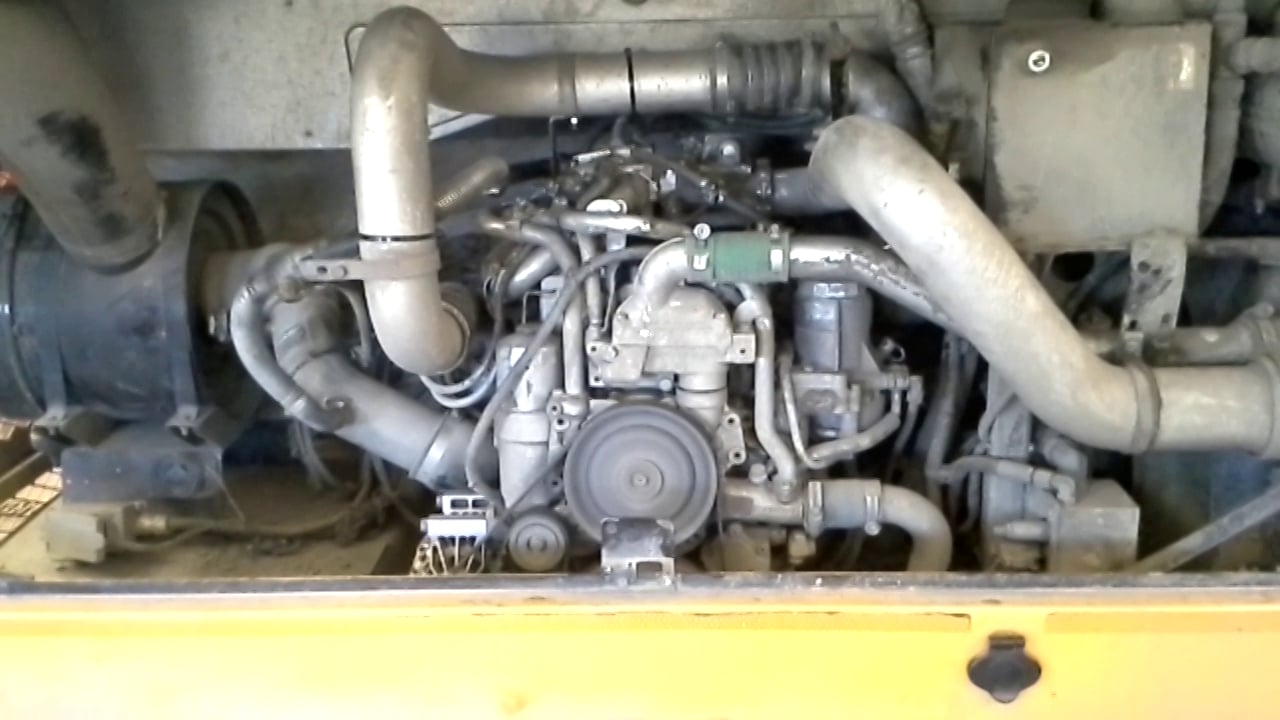Diesel Engine Maintenance
When it comes to maintenance in a fleet the diesel engine is one of the most important component of all. The engine needs close attention since it costs the most to repair compared to the transmission, differential and brakes. The following is some insight into our fleet maintenance program on the best practices that are working for us.
Oil Sample Program
Every time an oil change is performed we take an oil sample and send it to a lab for analysis. The report we get back is very detailed with metal and fluid read outs. If they detect a high level of fuel in the oil the report will flag the high reading and have a written explanation on recommended steps that need to be taken.
We change oil every 15,000 KM using semi synthetic 15w40 oil. The quality of the oil is high with the CJ4 (low ash) rating for our 2007 and newer emission controlled engines. Manufacturers recommend a much higher mileage before a major service but we feel the early oil change will reduce engine wear. Another point in our case for earlier servicing is the fact that our buses do a lot of stop and go driving with short two hour runs…one in the morning and one in the afternoon.
Our maintenance plan is a 5,000, 10,000, 15,000 KM system that works very well and allows us to keep up with proper servicing and repairs. The records are duplicated because of the paper trail we must keep up for the government inspector. Service records go on a shop computer, unit log book and service sheet that is filed so the CVSE officer can perform a yearly audit.
The Benefits of LED Lighting
All of our services start off with a lighting system check and I have to mention that I’m sold on LED lighting. The cost is much higher than incandescent lights but the sealed LEDs last for a very long time without any maintenance. LED lights are covered under warranty for 5 years. LED lighting is almost completely maintenance free. They will fail eventually but it will take a few years unless you get a bad one from the start. LEDs are allowed 30% burn out before replacement is required.
Brake Adjustment
On every service the brakes are checked for push rod stroke and air leaks with brakes applied. It’s not rocket science but keeping up with these checks will save everybody’s bacon. Long stroke brake chambers were introduced several years ago and allow the maximum push rod stroke to increase from the old maximum of 2 inches to 2.5 inches.
Steering Checks
The steering is the last of the imperative checks we need to do on a service. With full weight on the front end it’s a two man job. One tech wiggles the steering wheel while the other tech observes the steering components. Any kind of hop or side play means that part is out of service and has to be replaced asap.
Preventive Maintenance is the number one job within our fleet. Without it everything would go to hell in hand basket. Catching little things before they turn into a failure and possibly a service call is the name of the game for us. Our eyes and ears are an important factor when it comes to spotting a problem before it happens that is the mandate we go by every day.







